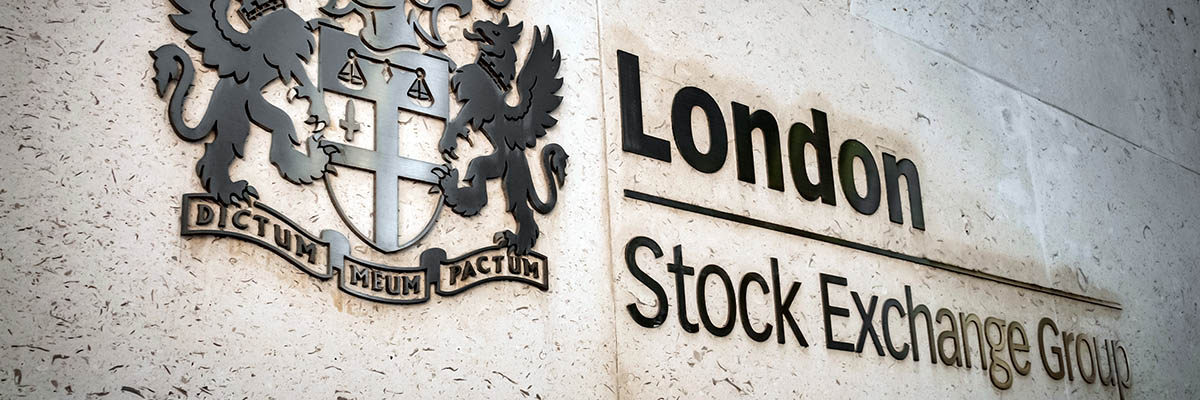Posted Friday 2nd December 2022
A SPAC is company incorporated and floated for the purpose of making an acquisition.
It is formed to raise money from investors, which it then uses to acquire an operating business. SPACs do not have existing operations and are incorporated to make one or a series of acquisitions.

They can raise funds through an IPO of its shares and those funds are used to facilitate an acquisition. Most often, SPACs will come to market and look to a particular industry or sector for potential acquisitions.
The London Stock Exchange and AIM permit SPACs and have done so for a number of years. Under previous FCA Listing Rules, there was a general presumption that the FCA would suspend the listing of SPAC until the completion of an acquisition for which the SPAC was formed, which made the use of SPACs unpopular as acquisition vehicles. These Listing Rules were however reformed and came into force on 10 August 2021, disapplying this presumption of suspension. Since the lifting of the presumption to suspend, SPACs have become an increasingly used acquisition method.
A SPAC that is publicly listed does however have to comply with certain stringent conditions and if not fulfilled, the SPAC continues to be subject to the presumption of suspension.
| Size | A SPAC must raise at least £100m from public shareholders when its shares are initially listed, excluding its directors, founders, and sponsors. |
| Ring-fencing proceeds | Proceeds raised from public shareholders are to be ring-fenced via an independent third party to ensure funds can only be used to fund:
(i) an acquisition; (ii) redemption of shares from shareholders; or (iii) repayment of capital to public shareholders if the SPAC winds up because it could not find a target or complete an acquisition within the time frame |
| Time limit | The SPAC’s articles of association (or other constitutional document) must impose a time limit of two years from listing to identify a target and make an acquisition. This time limit can be extended to three years with public shareholder approval. This two or three year period can be extended by an additional six months without shareholder approval in certain circumstances; |
| Board and shareholder approval | The SPAC’s board and shareholders must approve any proposed acquisition by the SPAC, however the SPAC’s founding shareholders, sponsors, directors of the proposed target (and anyone with an interest in the proposed target) must be excluded from voting; |
| Redemption | Public shareholders must be permitted to exit the SPAC by redeeming their shares at a pre-determined price before completion of an acquisition. The details relating to the redemption option must be set out in the SPAC’s initial prospectus; |
| Disclosure | There must be sufficient disclosure of details relating to the target’s business, as well as the material terms and risks to the SPAC’s investors, throughout the stages in the SPAC’s lifecycle. |
This article is for reference purposes only. It does not constitute legal advice and should not be relied upon as such. Specific legal advice about your specific circumstances should always be sought separately before taking or deciding not to take any action.